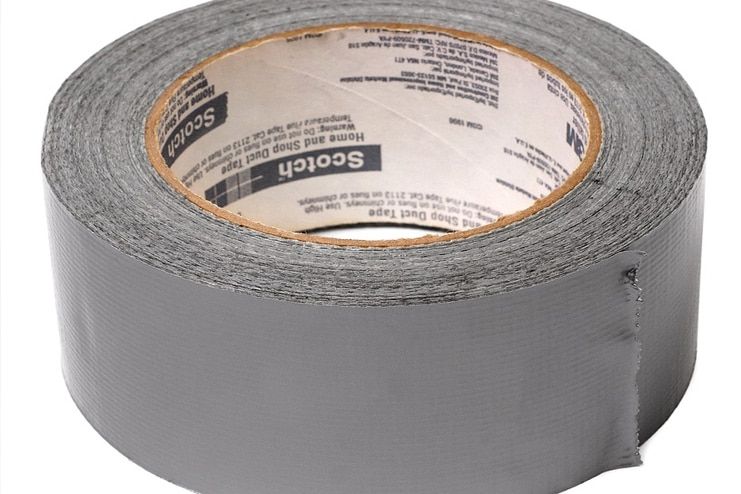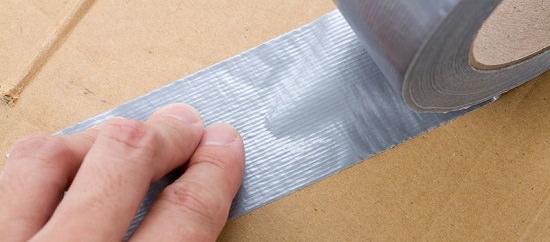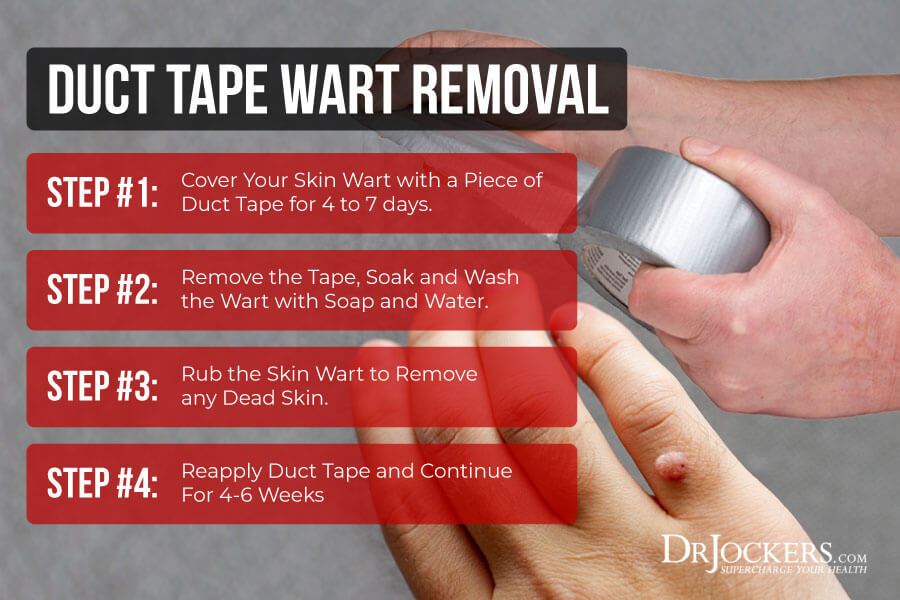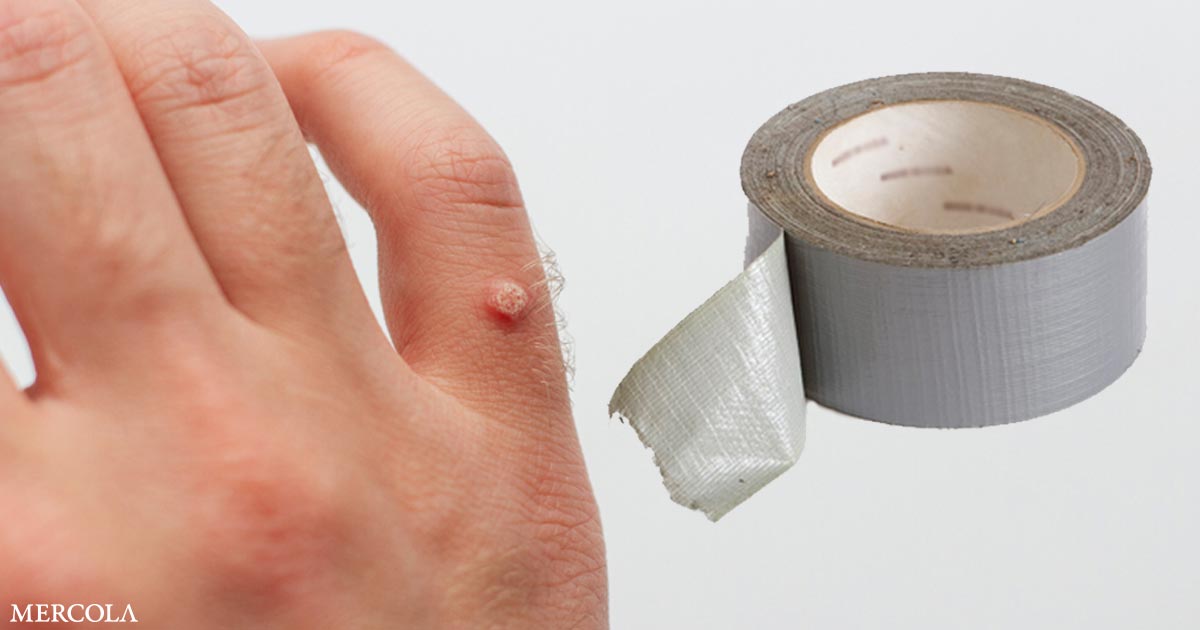Will Duct Tape Remove Skin Tags

The internet is awash with DIY remedies, and one that frequently surfaces is the use of duct tape to remove skin tags. But does this readily available adhesive truly offer a safe and effective solution, or is it just another online myth?
This article delves into the claims surrounding duct tape and skin tag removal, exploring the scientific evidence, expert opinions, and potential risks involved. Understanding the facts is crucial for individuals seeking safe and effective skin tag management.
The Claim: Duct Tape as a Skin Tag Remover
The anecdotal evidence promoting duct tape for skin tag removal often describes a simple process: applying a piece of duct tape directly onto the skin tag and leaving it in place for several days, typically with periodic changes of the tape. Proponents claim that this method cuts off the skin tag's blood supply, causing it to eventually dry up and fall off.
The perceived appeal lies in its accessibility and low cost compared to professional medical procedures like cryotherapy (freezing) or surgical excision. However, the question remains whether this perceived convenience outweighs potential risks.
What Experts Say
Dermatologists generally advise caution regarding the use of duct tape for skin tag removal. The American Academy of Dermatology (AAD) does not endorse duct tape as a primary or recommended treatment for skin tags.
Dr. Sarah Thompson, a board-certified dermatologist, explains, "While some individuals might experience success with duct tape, there's a significant lack of scientific evidence to support its efficacy and safety." She adds, "Furthermore, attempting to remove skin tags at home without proper knowledge can lead to complications."
According to Dr. Thompson, the occlusive nature of duct tape can irritate the skin, leading to inflammation, redness, and even infection. Moreover, self-treatment can delay proper diagnosis, as some skin lesions that resemble skin tags could potentially be cancerous or pre-cancerous.
The Science (or Lack Thereof)
Very little formal research specifically investigates the use of duct tape for skin tag removal. Studies on duct tape occlusion therapy have primarily focused on its effectiveness in treating warts, not skin tags.
One study published in the Archives of Pediatrics & Adolescent Medicine examined duct tape occlusion for warts, finding that it was no more effective than placebo. While this study doesn't directly address skin tags, it highlights the limited scientific basis for duct tape's purported healing properties on skin growths.
Potential Risks and Complications
Using duct tape to remove skin tags carries several risks: Skin irritation: The adhesive in duct tape can cause allergic reactions or irritant contact dermatitis in susceptible individuals. Infection: Open wounds or breaks in the skin barrier caused by tape removal can become infected. Scarring: Improper removal techniques can lead to scarring. Misdiagnosis: A lesion thought to be a skin tag might actually be something more serious, such as a mole or a cancerous growth.
Self-treating what appears to be a harmless skin tag without a proper diagnosis could have significant consequences. Dr. Mark Davis, another leading dermatologist, stresses the importance of professional evaluation.
"It's crucial to have a dermatologist examine any new or changing skin lesions to rule out potentially dangerous conditions," he advises. Early detection of skin cancer is vital for effective treatment.
Safer Alternatives for Skin Tag Removal
Several safe and effective medical procedures are available for skin tag removal. These include: Cryotherapy: Freezing the skin tag with liquid nitrogen. Surgical excision: Cutting off the skin tag with a scalpel. Electrocautery: Burning off the skin tag with an electric current. Ligation: Tying off the base of the skin tag with surgical thread.
These procedures are typically quick, relatively painless, and performed by trained medical professionals, minimizing the risk of complications. Many dermatologists can perform these procedures in their office during a routine appointment.
A Human Perspective
Maria Rodriguez, a 45-year-old woman, shared her experience with attempting to remove a skin tag using duct tape. "I saw it online and thought it would be an easy fix," she explains. "But after a few days, my skin became incredibly itchy and inflamed. I ended up having to see a doctor for treatment."
Maria's experience underscores the potential downsides of relying on unproven DIY remedies. It's a reminder that what works for one person may not work for another, and that the internet isn't always the best source of medical advice.
Conclusion: Proceed with Caution
While the allure of a quick and inexpensive solution like duct tape for skin tag removal is understandable, the risks outweigh the potential benefits. The lack of scientific evidence and the potential for complications, such as skin irritation, infection, and scarring, make it an inadvisable approach.
Consulting a dermatologist for proper diagnosis and treatment is the safest and most effective way to manage skin tags. Don't risk your skin's health on unproven remedies; seek professional medical advice instead. Prioritizing safety and accuracy will lead to optimal skin care.


















